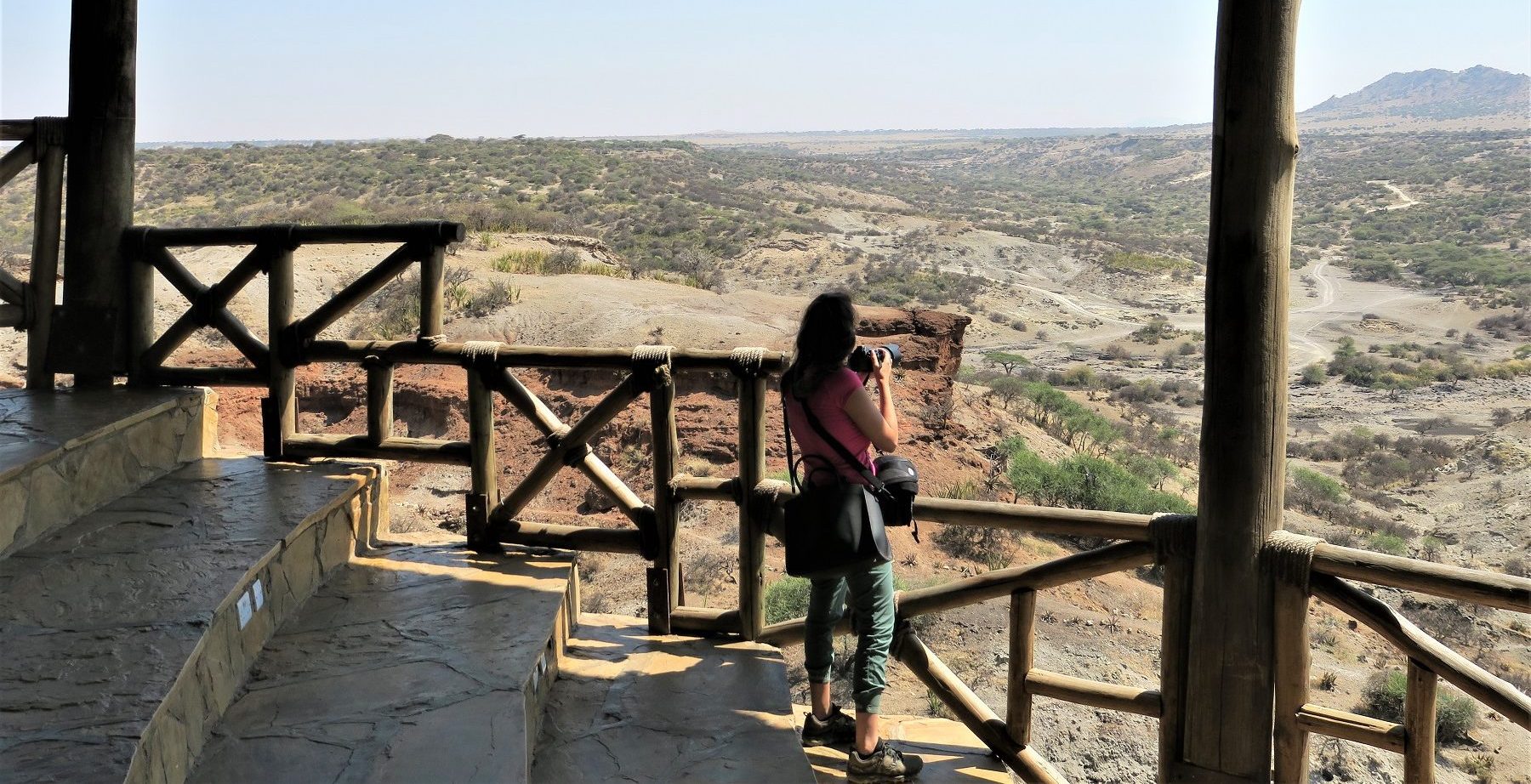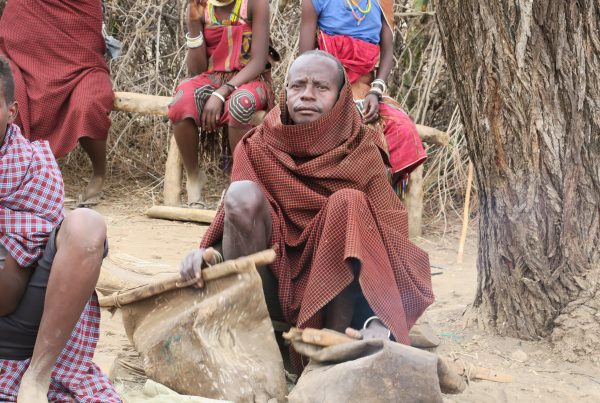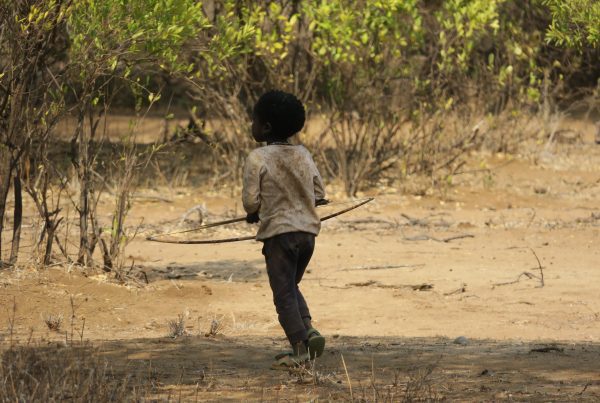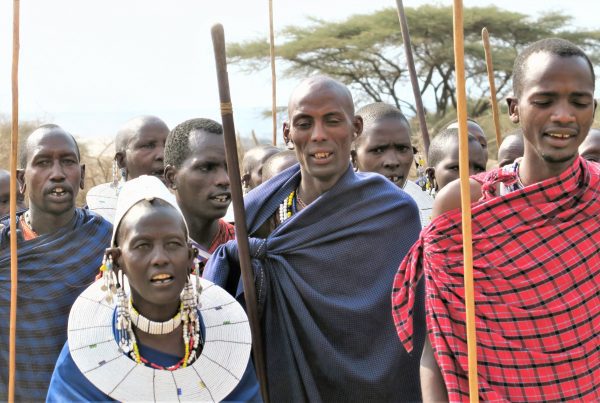There is a site in the beloved land of Tanzania that better than any other place in the world “becomes a storyteller” than the evolutionary history of man: it is the site of the Olduvai Gorge, in the Ngorongoro Conservation Area, on the border with the south-eastern savannahs of the Serengeti. Here the deep rift of the African Rift Valley, scattered with volcanoes and craters, has created clearly visible stratifications of different geological eras, which have given us precious finds of the ancestors of the human species.
It all began in the early years of the last century, when in 1911 a German entomologist (Tanzania was a German colony belonging to the domains of Ostafrika), Wilhelm Kattwinkel, sent to these lands of the Serengeti south-To investigate sleep sickness, he accidentally stumbles upon several unidentified fossil remains. A few years later another expedition, led by the German geologist Hans Reck, recognized that some of these fossil remains belong not to animal species but to the human species. It will be Reck himself, shortly before the outbreak of the First World War, to present to the press in Berlin his exceptional discovery: the virtually complete skeleton of a man, called OH1, which will trigger endless debates and positions of scholars of the time regarding its classification and dating. In fact, this amazing finding is discovered in a level of stratification that would bring back in time the clock of history, or rather of prehistory. But the priority of the war abruptly interrupts the academic clashes. The thread of history resumes in the thirties of the last century with the entry on the stage of a man and exceptional scholar who will dedicate his life to paleoanthropology and research in this site: Louis Leakey, born in Kenya and a scholar of archaeology and anthropology at Cambridge University. Determined and fierce assertor of the Darwinian evolutionist theory and absolutely convinced, and rightly so, that the cradle of humanity is East Africa, he begins with his first wife and then his second wife Mary excavations in this wonderful gorge of the Rift Valley. The first years do not give great satisfaction to the researchers, if not very primitive stone artifacts.
In 1959, however, Mary Leakey will be the protagonist of one of the most incredible discoveries in the history of human evolution. It’s July 17, and while her husband is in bed with malarial fever, she goes out alone in the throat to continue the excavations undertaken. She discovers a fossil skull that will be called OH5, belonging to a hominid who lived in this land about 1.8 million years ago, classified today as Paranthropus Boisei, species of hominid of the genus Australopithecus, lived between 2.6 and 1.2 million years ago in East Africa, during the Pliocene and Pleistocene. Exhibit OH5 is now in the Dar es Salaam Museum. It will be for some years the oldest hominid fossil ever discovered, until in 1974 some excavations in Ethiopia will bring to the fore the chronicle “Lucy”, the most famous australopithecus for its contribution to the reconstruction of the evolution of the human species.
But the Lakey findings don’t stop. In 1960 a new fossil (OH27) was discovered, or rather a jaw of a skull belonging to another species, this time of man, Homo habilis. And it is this new finding that will allow scholars to recognize in this species, coeval to the Australopithecus Paranthropus, the one able to produce and use simple stone artifacts. Olduvai’s throat thus becomes the point at which everyone looks to investigate the deep past of man.
Today these splendid places, so significant for scientists, can be visited by tourists, who go there almost on pilgrimage, to honor one of the places where the human species was born. Olduvai Gorge (whose name derives from Oldupai, the Masai name of the plant that characterizes the landscape; Olduvai is a “stunt” of the original name), with its panorama and its small museum rich in artifacts, is an unmissable destination to experience the emotion of seeing with your own eyes what paleoanthropological science has discovered of our ancestral history.




